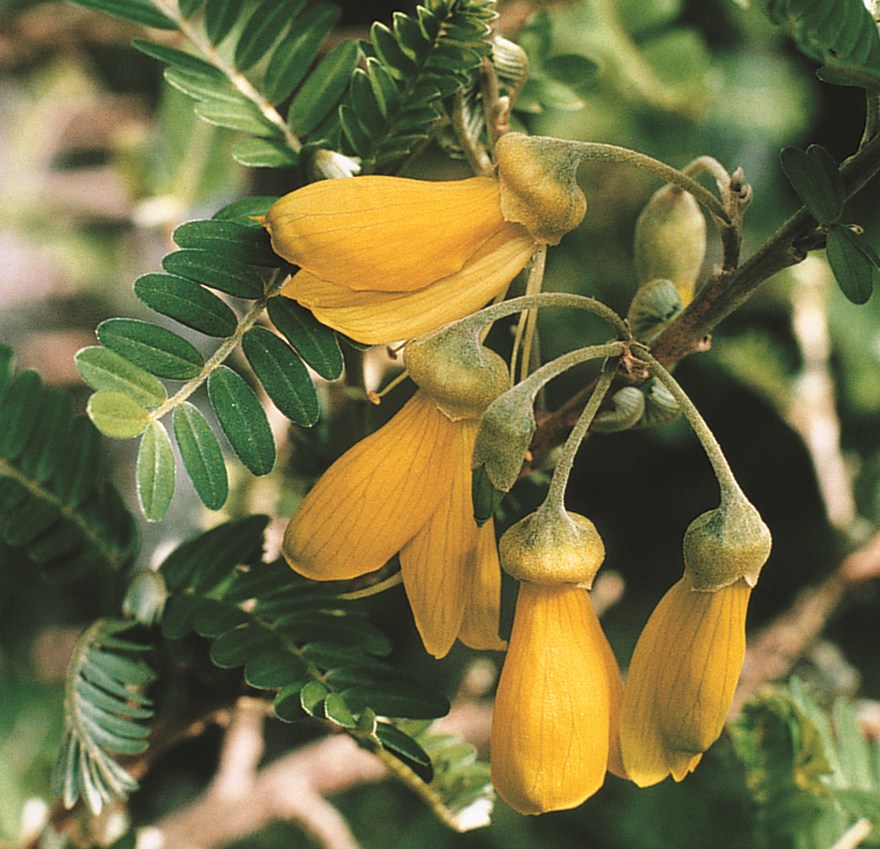Easter Island tree

The Toromiro or Easter Island Tree is one of the rarest in the world. Its only natural habitat was Easter Island, isolated in the South Pacific and most famous for its moai statues. However, it is now extinct there.
The Easter Island tree (Sophora toromiro)
Pollen analyses of peat from the island's crater lakes show that the Easter Island tree and a palm extinct since the 1600s were considerably more common before human beings came to the island in the 5th-6th centuries A.D. The island was probably forested. The last specimen of the Toromiro was alive until 1962. Luckily, Thor Heyerdahl collected a twig with seeds from this last tree during his famous archaeological expedition to Easter Island in 1955-1956. Botaniska's little tree comes from one of the few seeds that Heyerdahl sent to Sweden at the end of the 1950s.
Toromiro wood is beautiful and very durable. It was used by Easter Island's early colonisers for many purposes, e.g. statuettes (moai kava kava), oars and even canoes. The islanders contributed greatly themselves in this way to their favourite tree's extinction. When the island was "discovered" by Europeans on Easter Day 1722, the tree was quite rare. The importation of sheep in the 1800s is considered to have contributed strongly to its final extinction.
Sophora toromiro has earlier been said to be cultivated in several other botanical gardens around the world. DNA-analyses during 1990s show that the species currently exists with certainty in more than 10 gardens, public as well as private, most of them in Chile, and not counting the plants that we ourselves have given to other botanical gardens in recent times. Gothenburg's material is still unique as the only material in the world with a documented background.
A special proliferation project, so-called micro proliferation was started at Sweden's agricultural university, SLU Alnarp in 1988, with economic support from WWF Sweden. When it was completed in 1994, almost 200 new plants had been produced. Most of them were sent to Easter Island in 1995.
The Botanical Garden is participating in an international group working to conserve the genetic diversity of Easter Island's wild and cultivated vegetation. Included is a project aiming to try to reintroduce the Toromiro to Easter Island. Up to now, the Gothenburg Botanical Garden has participated in five reintroduction attempts. The Toromiro has however still not settled into its former homeland. The attempts continue nonetheless!
The Sophóra family is one of pea plant family (Fabaceae) consisting of almost 50 species. S. toromíro belongs to a group of about 10 very closely related species, mainly encountered on South Pacific islands. The group's representatives are generally small trees with yellow funnel- or tube-like flowers. S. tetráptera (kowhai) is New Zealand's national plant.






